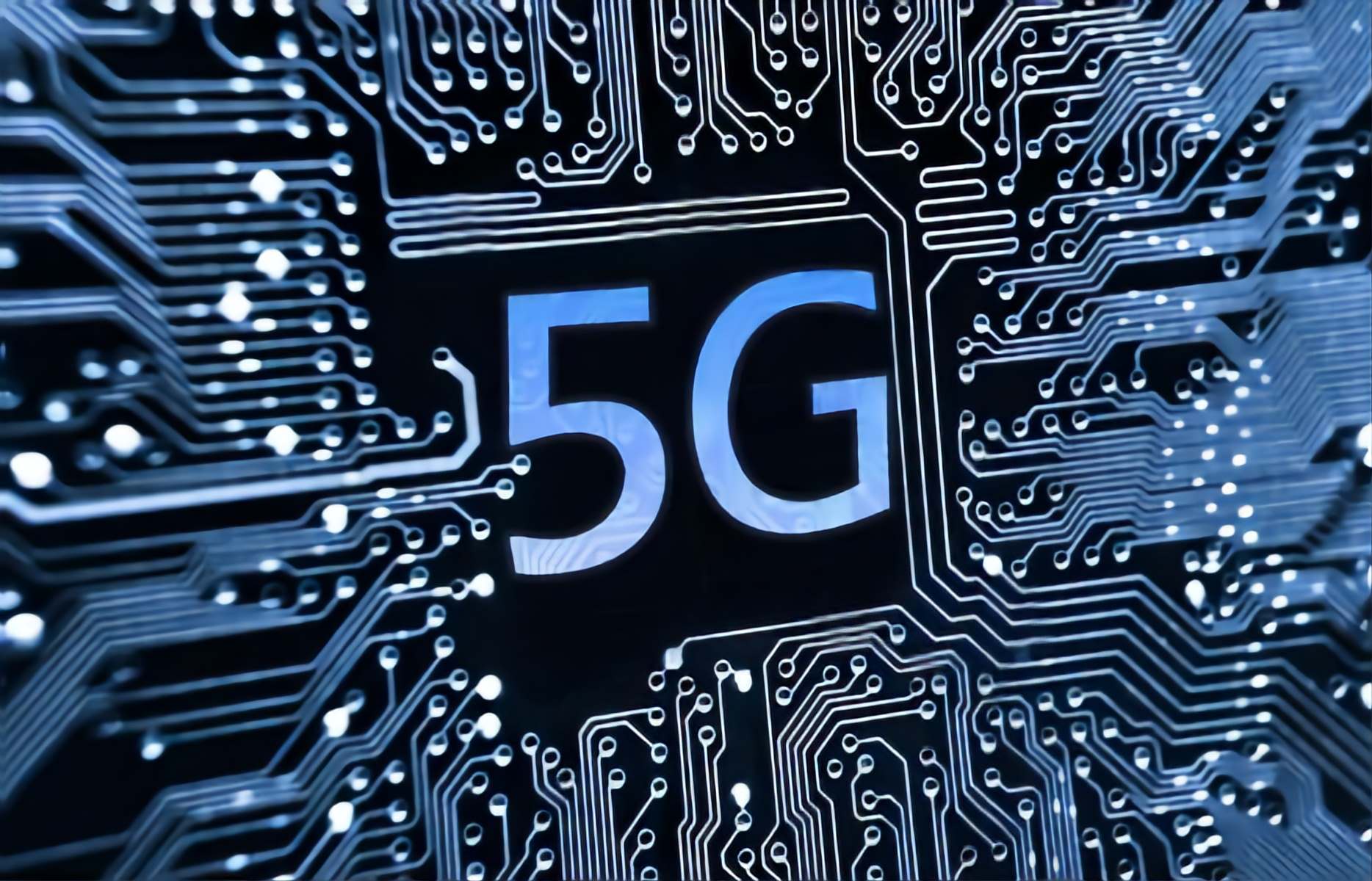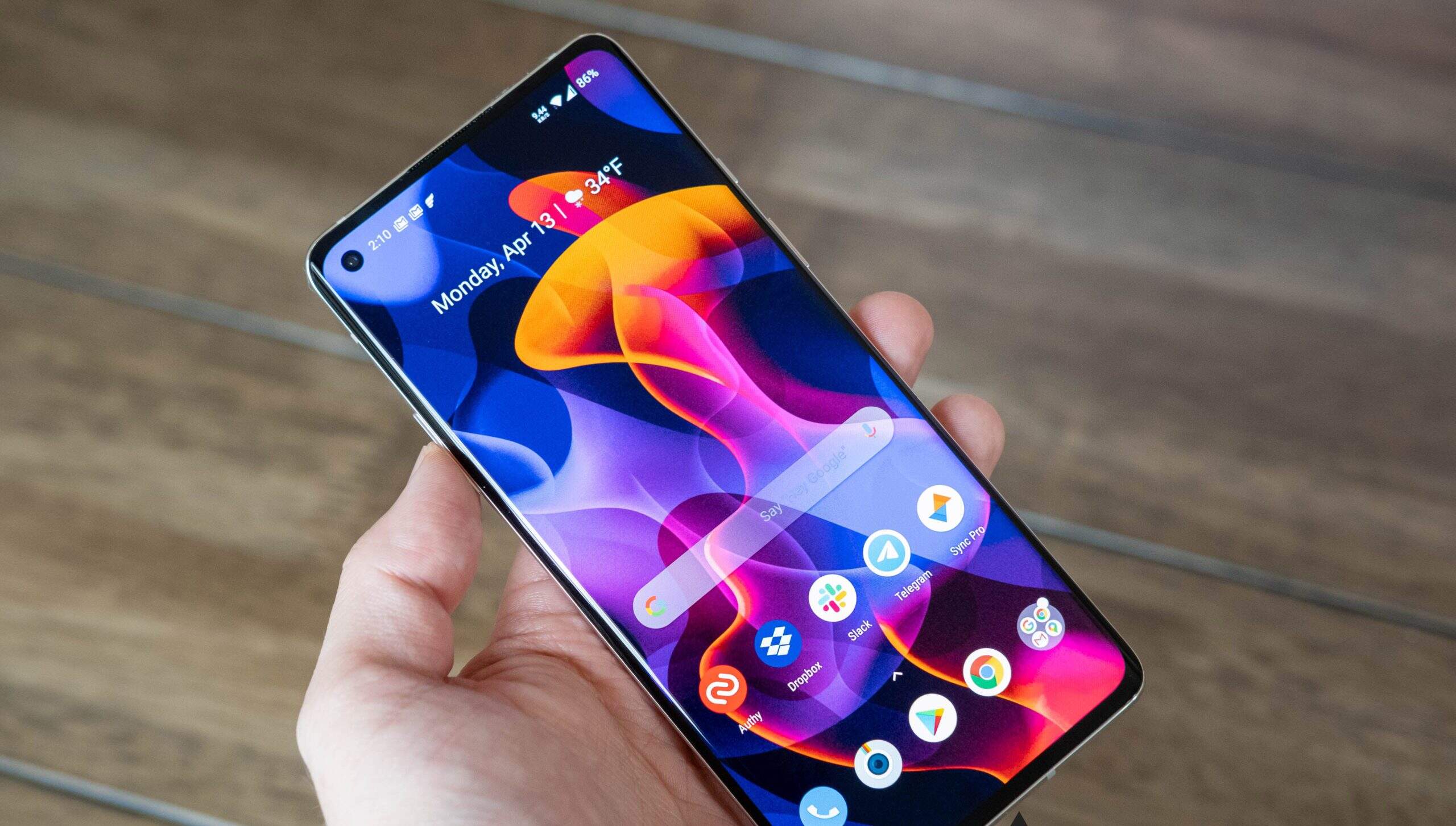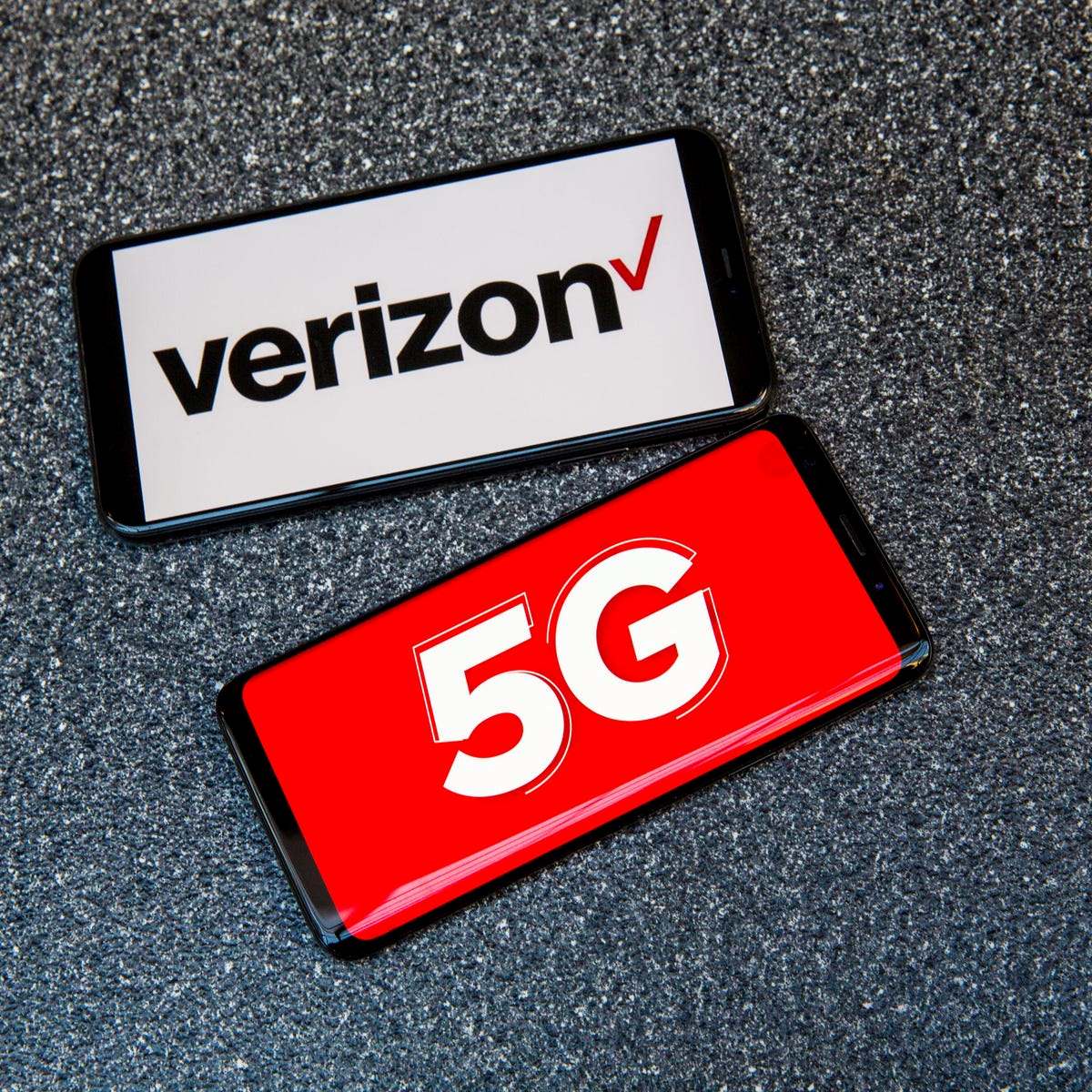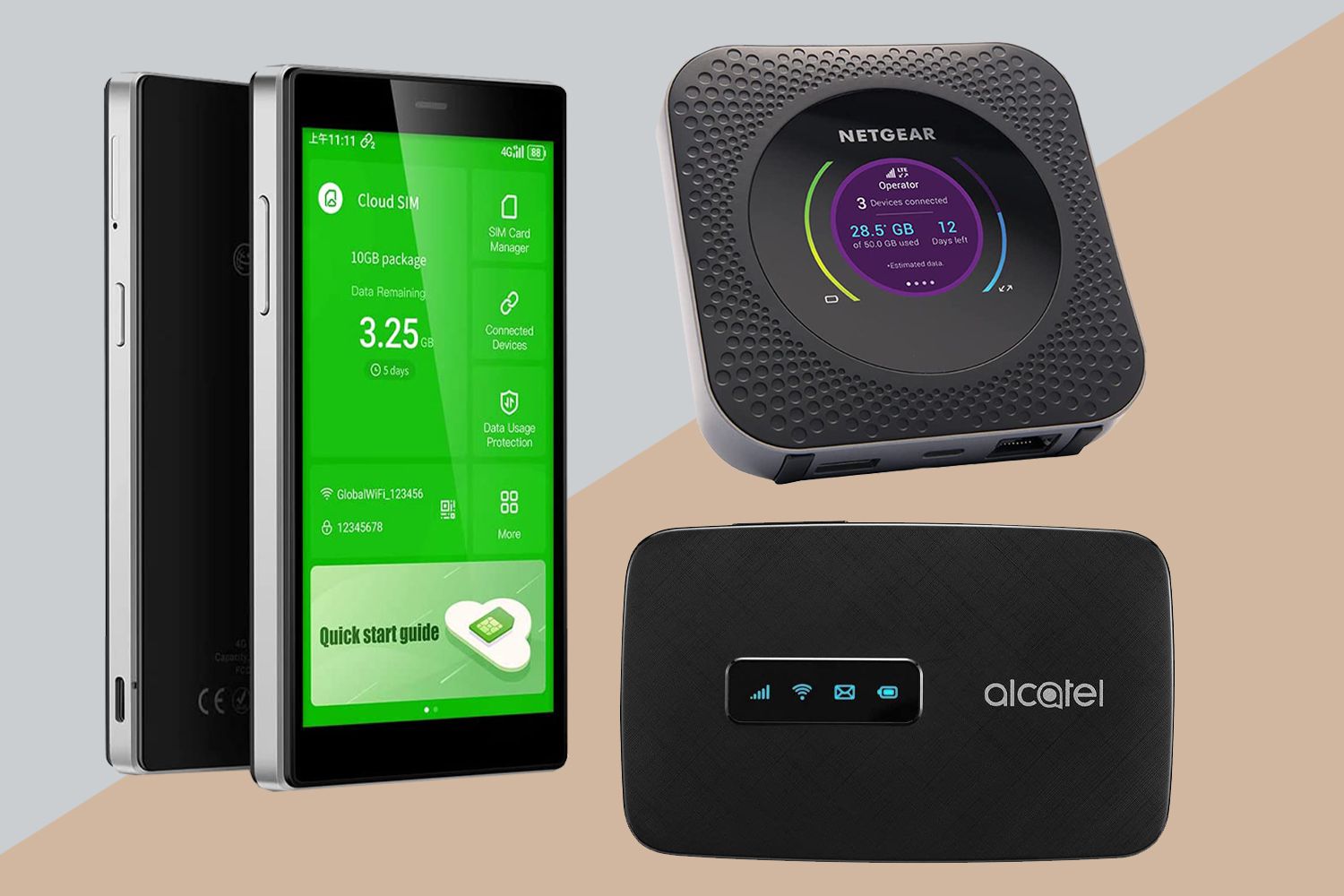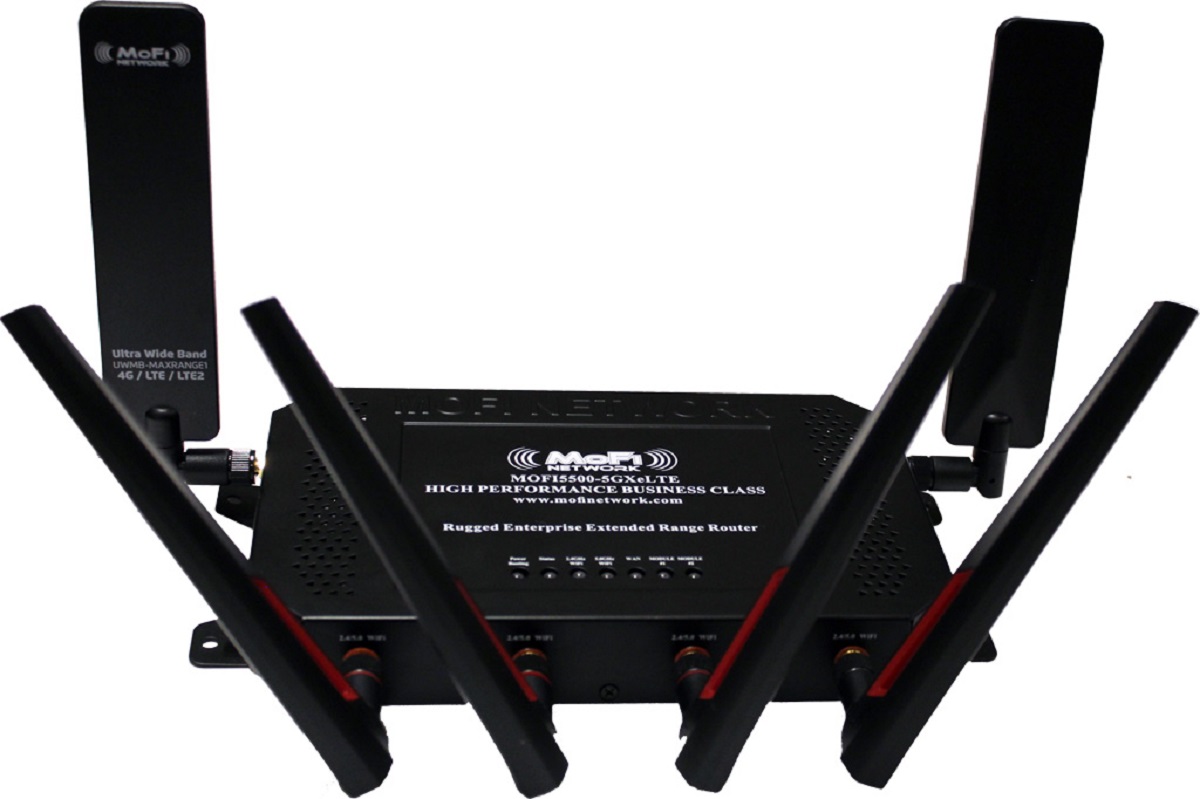Introduction
Welcome to the era of 5G Standalone, where the future of connectivity is being rewritten. With advancements in technology and the increasing demand for faster and more reliable communication, 5G Standalone is set to revolutionize the way we connect and communicate. In this article, we will explore the concept of 5G Standalone, its features, advantages, applications, and the challenges it faces.
As we move into the digital age, the need for faster and more efficient communication has become paramount. The ever-growing demand for instant connectivity, seamless streaming, and real-time data transmission has pushed the boundaries of existing wireless technologies. This is where 5G Standalone comes into play.
5G Standalone, simply put, is the next generation of mobile network technology. Unlike its predecessor, 4G, which was an evolution from 3G, 5G Standalone is a complete innovation that is built from the ground up. It is designed to offer a whole new level of speed, capacity, and efficiency, enabling a wide range of exciting applications across various industries.
One of the key features of 5G Standalone is its incredible speed. With download speeds of up to 10 gigabits per second, it is estimated to be around 100 times faster than 4G. This means you can download a full HD movie in a matter of seconds, stream high-resolution content without any buffering, and experience lag-free gaming like never before.
Another crucial aspect of 5G Standalone is its ultra-low latency. Latency refers to the time it takes for a signal to travel from one point to another. In 5G Standalone, latency is reduced to as low as 1 millisecond, enabling real-time communication and instantaneous response in applications such as autonomous vehicles, remote surgeries, and virtual reality experiences.
Moreover, 5G Standalone offers significantly higher network capacity, allowing for a massive number of devices to connect simultaneously. This is particularly important in the era of the Internet of Things (IoT), where billions of interconnected devices rely on seamless and uninterrupted communication.
In the following sections, we will delve deeper into the features, advantages, applications, and challenges of 5G Standalone, providing a comprehensive understanding of this groundbreaking technology.
What is 5G Standalone?
5G Standalone is the latest generation of mobile network technology that operates independently and does not rely on any previous network infrastructure. It is a significant advancement from 4G and offers unprecedented speed, low latency, and high capacity for data transmission. Unlike previous iterations of cellular networks, 5G Standalone is designed to meet the diverse needs of today’s digital society, including increased demand for bandwidth, reduced latency, and support for massive Internet of Things (IoT) devices.
In technical terms, 5G Standalone is based on the 5G New Radio (NR) standard that was developed by the 3rd Generation Partnership Project (3GPP). This standard defines the specifications and protocols for the air interface of 5G networks, ensuring compatibility and interoperability between different service providers and devices.
One of the key differentiators of 5G Standalone is its ability to deliver blazing-fast data speeds. With theoretical download speeds of up to 10 gigabits per second (Gbps), it is significantly faster than its predecessor, 4G. This speed allows for quick and seamless downloading and streaming of high-definition video content, ultra-responsive online gaming, and instant access to cloud-based applications.
Another important aspect of 5G Standalone is its ultra-low latency, which refers to the time it takes for data to travel from one device to another. With latency reduced to as low as 1 millisecond (ms) in 5G Standalone networks, there is virtually no delay in transmitting and receiving information. This low latency is critical for supporting real-time applications such as autonomous vehicles, remote surgeries, and augmented reality experiences, where even the slightest delay can have significant consequences.
Moreover, 5G Standalone offers a massive increase in network capacity. It can support a vast number of devices simultaneously connected to the network, making it ideal for the proliferation of IoT devices. With billions of interconnected devices expected to be part of the IoT ecosystem, 5G Standalone ensures that there is sufficient bandwidth available to handle the massive data traffic generated by these devices.
In summary, 5G Standalone is the next evolution in mobile network technology that offers unparalleled speed, low latency, and high capacity. It is designed to meet the growing demands of our increasingly connected world and has the potential to transform industries and enable new applications across various sectors.
Features of 5G Standalone
5G Standalone comes with a range of remarkable features that set it apart from its predecessors and enable groundbreaking advancements in communication technology. Let’s explore some of the key features of 5G Standalone:
- Enhanced Speed: One of the standout features of 5G Standalone is its incredible speed. With download speeds of up to 10 gigabits per second, it is significantly faster than 4G. This means you can seamlessly download large files, stream high-definition videos, and have a smooth browsing experience, all at lightning-fast speeds.
- Low Latency: 5G Standalone offers ultra-low latency, reducing the delay between sending and receiving data to as low as 1 millisecond. This near-instantaneous transmission is crucial for applications that require real-time communication, such as remote surgeries, autonomous vehicles, and virtual reality experiences. The low latency ensures minimal lag and immediate response, enhancing user experience and enabling new possibilities.
- High Capacity: With the growing number of Internet of Things (IoT) devices and the increasing demand for connectivity, 5G Standalone provides substantially higher network capacity. It can efficiently handle a massive number of devices simultaneously connected to the network, ensuring seamless communication and efficient data transfer even in dense urban areas or crowded venues.
- Network Slicing: 5G Standalone introduces the concept of network slicing, which allows for the creation of virtual networks tailored to specific requirements. This feature enables network operators to allocate network resources flexibly and efficiently, catering to different applications and industries. It allows for the customization of network services according to specific needs, ensuring optimized performance for various use cases.
- Massive Machine Type Communication (mMTC): In addition to supporting high-speed communication for smartphones and other devices, 5G Standalone also addresses the needs of the IoT ecosystem. The mMTC feature enables efficient connectivity for a vast number of IoT devices, ranging from small sensors to industrial equipment. This capability opens up opportunities for smart homes, smart cities, smart industries, and a wide range of IoT applications.
- Network Synchronization: 5G Standalone incorporates precise network synchronization mechanisms, ensuring accurate and synchronized communication between devices. This enables time-sensitive applications that require coordination across multiple devices, such as industrial automation, intelligent transportation systems, and mission-critical operations.
These are just a few of the notable features of 5G Standalone. As this technology continues to evolve and expand, it is expected to bring even more exciting features and innovations that will transform how we connect, communicate, and interact with the world around us.
Advantages of 5G Standalone
5G Standalone offers a myriad of advantages that have the potential to revolutionize communication and drive innovation across various industries. Here are some key advantages of 5G Standalone:
- Lightning-Fast Speed: The incredible speed of 5G Standalone enables faster download and upload speeds, making it ideal for applications that require rapid data transfer. This opens up opportunities for seamless streaming, quick file sharing, and enhanced user experiences.
- Real-time Communication: With ultra-low latency, 5G Standalone enables real-time communication in mission-critical applications. This is particularly important for sectors like healthcare, autonomous vehicles, and industrial automation, where even the slightest delay can have significant consequences.
- Massive Connectivity: 5G Standalone has the ability to support a massive number of devices simultaneously connected to the network. This is essential for the growing Internet of Things (IoT) ecosystem, enabling seamless connectivity and efficient data exchange between billions of interconnected devices.
- Improved Capacity: The high capacity of 5G Standalone ensures efficient management of network resources, allowing for smooth operation even in densely populated areas or high-traffic scenarios. This enables network operators to deliver consistent performance and accommodate the increasing demand for data.
- Enhanced Reliability: 5G Standalone offers greater reliability, ensuring consistent connectivity and reducing the risk of network congestion or downtime. This is crucial for critical applications such as emergency services, remote surgeries, and autonomous systems that require uninterrupted and reliable communication.
- Network Slicing: With the concept of network slicing, 5G Standalone allows for the customization of network services to meet specific requirements. This flexibility enables different industries to have tailored network solutions that best suit their unique needs, optimizing performance and ensuring efficient resource allocation.
- Empowering Innovation: 5G Standalone acts as an enabler for new technological advancements and innovative applications. It creates opportunities for emerging technologies such as augmented reality, virtual reality, artificial intelligence, and smart city solutions to flourish, allowing for transformative experiences and groundbreaking solutions.
These advantages make 5G Standalone a game-changer in the world of communication. Offering unparalleled speed, low latency, massive connectivity, and improved reliability, it has the potential to drive technological advancements and transform the way we live, work, and connect in the digital age.
Applications of 5G Standalone
5G Standalone opens up a world of exciting applications and possibilities across various industries. Its exceptional speed, low latency, and massive connectivity make it suitable for a wide range of use cases. Let’s explore some of the key applications of 5G Standalone:
- Autonomous Vehicles: 5G Standalone plays a crucial role in enabling autonomous vehicles to communicate with each other and with infrastructure in real time. With its ultra-low latency, vehicles can make split-second decisions and react swiftly to changing road conditions, enhancing safety on the roads and paving the way for fully autonomous transportation systems.
- Smart Cities: 5G Standalone provides the foundation for building smart cities. It allows for the seamless integration of various technologies and services, such as smart traffic management, intelligent energy grids, remote monitoring, and efficient public transportation systems. With its high capacity, it can handle the massive data flows generated by smart city infrastructure.
- Telemedicine: 5G Standalone facilitates the growth of telemedicine by enabling real-time high-definition video consultations, remote patient monitoring, and virtual surgeries. Its low latency ensures minimal delay in transmitting critical medical data, allowing for remote diagnosis, treatment, and collaboration between healthcare professionals.
- Industrial Automation: With its low latency and high reliability, 5G Standalone enables the implementation of advanced industrial automation systems. It supports real-time remote monitoring, control, and synchronization of machines and processes, improving productivity, efficiency, and flexibility in manufacturing and other industrial sectors.
- Virtual and Augmented Reality: 5G Standalone unlocks the full potential of virtual and augmented reality experiences. Its high-speed, low-latency connection enables immersive gaming, interactive virtual tours, and innovative applications in education, training, and entertainment, providing users with truly immersive and interactive experiences.
- Smart Homes: 5G Standalone enhances the smart home ecosystem by facilitating seamless connectivity and efficient control of smart devices. With its high capacity, numerous devices can be interconnected, enabling smart home automation, energy management, personalized user experiences, and the integration of various IoT devices.
- Remote Monitoring and Surveillance: 5G Standalone enables real-time remote monitoring of various environments, such as security systems, environmental conditions, and infrastructure. Its high-speed connection allows for the transmission of high-definition video feeds with minimal latency, enhancing situational awareness and enabling faster response times.
These are just a few examples of the wide range of applications that 5G Standalone can support. From autonomous vehicles and smart cities to telemedicine and industrial automation, 5G Standalone has the potential to revolutionize industries, improve efficiency, and enhance our day-to-day lives.
Challenges and Limitations of 5G Standalone
While 5G Standalone offers numerous advantages and exciting possibilities, it also faces certain challenges and limitations that need to be addressed. Here are some of the key challenges and limitations of 5G Standalone:
- Infrastructure Deployment: The deployment of 5G Standalone requires a significant investment in infrastructure, including the installation of new base stations and antennas. Building a robust and widespread 5G network involves overcoming logistical challenges such as site acquisition, local regulations, and the coordination of multiple stakeholders.
- Cost: Implementing 5G Standalone technology involves substantial costs for network operators. The deployment of new infrastructure, upgrading existing equipment, and ensuring compatibility with legacy networks can be financially burdensome. The cost of consumer devices capable of utilizing 5G Standalone connections may also be higher initially.
- Spectrum Availability: To fully exploit the potential of 5G Standalone, a sufficient amount of radio spectrum is required. However, the availability and allocation of spectrum can be a challenge due to regulatory constraints and the need to balance various competing demands for frequency bands.
- Interoperability: Ensuring interoperability and seamless connectivity between different network operators and devices is essential for the success of 5G Standalone. Standardization efforts are necessary to ensure compatibility across different networks and devices, allowing for smooth roaming and consistent experiences for users.
- Coverage and Rural Areas: While 5G Standalone promises superior performance and speed, achieving extensive coverage in rural areas and remote locations can be challenging. The deployment of high-speed connectivity in less populated areas may not be as economically viable, leading to potential disparities in access to 5G Standalone services.
- Security and Privacy: The increased reliance on interconnected devices and the massive influx of data transmitted over 5G Standalone networks raise concerns about security and privacy. Safeguarding networks and ensuring the protection of sensitive information from cyber threats is a critical challenge that needs to be addressed.
- Technology Maturity: As 5G Standalone is still a relatively new technology, there may be initial limitations in network coverage, device availability, and service offerings. It will take time for the technology to mature, and further advancements and optimizations will be needed to fully harness its potential.
Despite these challenges and limitations, ongoing research, development, and collaboration between industry stakeholders, governments, and regulatory bodies are working towards overcoming these hurdles. Through continuous innovation and investment, 5G Standalone can realize its promise and provide transformative benefits to individuals, businesses, and society as a whole.
Conclusion
5G Standalone represents a monumental leap forward in mobile network technology, offering unprecedented speed, low latency, and massive connectivity. With its remarkable features and advantages, it has the potential to revolutionize communication and drive innovation across various industries. The lightning-fast speed, real-time communication capabilities, and enhanced network capacity of 5G Standalone enable a wide range of exciting applications, from autonomous vehicles and smart cities to telemedicine and industrial automation.
However, 5G Standalone also faces challenges and limitations, including infrastructure deployment, cost, spectrum availability, interoperability, coverage in rural areas, security and privacy concerns, and technology maturity. These challenges require industry-wide collaboration and ongoing research to address and overcome.
Despite these challenges, the prospects for 5G Standalone are promising. With ongoing advancements, continual investment, and the collective effort of stakeholders, 5G Standalone has the potential to transform the digital landscape and bring us closer to a connected future. It will empower new services, unlock innovative applications, and enhance user experiences across various sectors.
As 5G Standalone continues to evolve and expand, it is important for industry players, policymakers, and users alike to embrace and adapt to this transformative technology. By fully harnessing the capabilities of 5G Standalone, we can unlock new possibilities, drive economic growth, and create a more connected and technologically advanced world.







